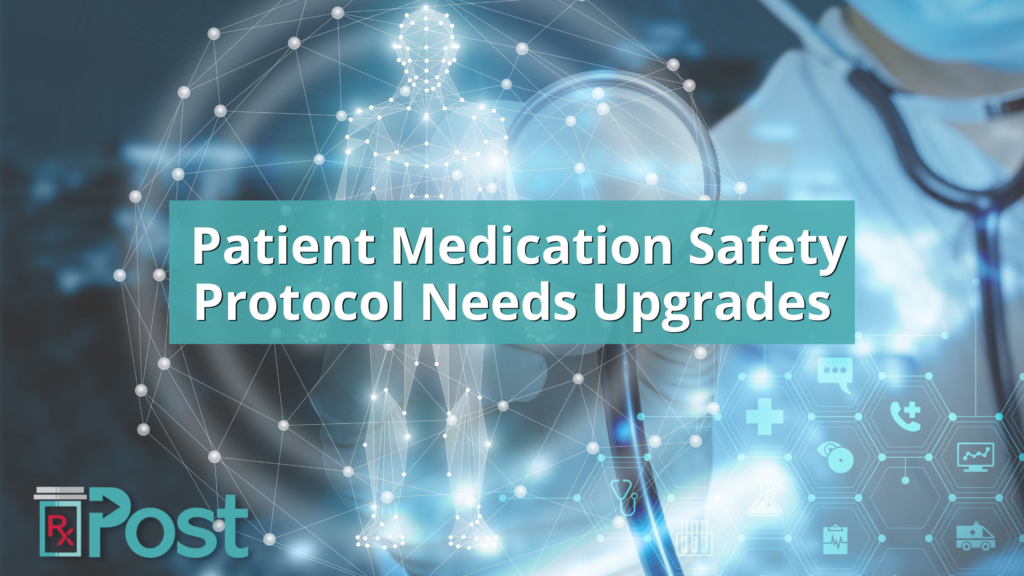The traditional approach to patient medication safety in the pharmacy needs an upgrade, according to a recent article in Drug Store News.
In “Fail safe: Changing a broken approach to patient medication safety,” authors Jacques Turgeon and Mark A. Munger suggest that precision, personalization and proactive analysis can prevent adverse drug events and help save lives.
The traditional approach used by pharmacists to assess medication safety is to perform one-to-one drug pairing, multiple times, for drugs in a patient’s medication regimen, and then to determine if an interaction exists between each matchup. Many electronic health records, pharmacies and pharmacy benefit managers use this approach, but it generates several pop-ups, alert fatigue and is often flawed.
A major problem with multiple one-to-one drug analyses is that the approach ignores simultaneous, multi-drug interactions, which are especially important for patients who take numerous medications. Consequently, the approach leaves patients at risk for adverse drug events that could be avoided. Indeed, more than 1 million emergency department visits a year stem from adverse drug events, which is the fourth leading cause of death in the U.S.
The traditional approach usually fails to incorporate a patient’s over-the-counter medications, supplements and herbals — all of which can interact with the patient’s prescriptions. In our recent research, which was published in The American Journal of Managed Care, pharmacists observed 36,455 clinically actionable medication-related problems, including adverse drug reaction, drug interaction, unnecessary medication use, adherence problem and improper drug selection among others. According to the study, over-the-counter drugs such as aspirin, ibuprofen, naproxen and diphenhydramine were among the top 20 medications that caused or contributed to the medication-related problems.
“In lacking precision and personalization, the traditional approach to medication safety has fostered reactive practices.”
Importantly, the traditional medication safety approach also falls short on personalization. It does not consider how an individual patient might react to a medication based on their pharmacogenomic data. Take various opioids like codeine, hydrocodone, oxycodone and tramadol, as examples. These drugs must be transformed by a specific enzyme in the liver to effectively relieve pain. If a patient lacks functional activity (a poor metabolizer) for that enzyme or if other medications they are taking inhibit the opioid’s ability to be transformed, the patient may encounter diminished pain relief. Without this pharmacogenomic insight, the patient may be prescribed codeine for pain relief and then a higher dose when their pain persists. This could lead to unintentional misuse, instances of overdosing and drug abuse.
In lacking precision and personalization, the traditional approach to medication safety has fostered reactive practices. Instead, the new medication safety paradigm should center on proactive analysis. This means understanding how a new prescription, over-the-counter medication, supplement or herbal could impact a patient’s risk for adverse drug events before it gets introduced into their medication regimen. The results would help healthcare providers determine if there might be a better fit for the patient, ultimately avoiding adverse drug events and saving lives.
Today, advanced clinical decision support systems that use algorithms and artificial intelligence are available to support pharmacists in their query of medication safety. Shifting the medication safety paradigm to emphasize precision, personalization and proactive analysis can prevent adverse drug events and help save lives.
Interested in savings on prescription medications? RxPost can help you buy or sell excess drug inventory to improve your profits and offer better patient service. Learn more about RxPost here.


